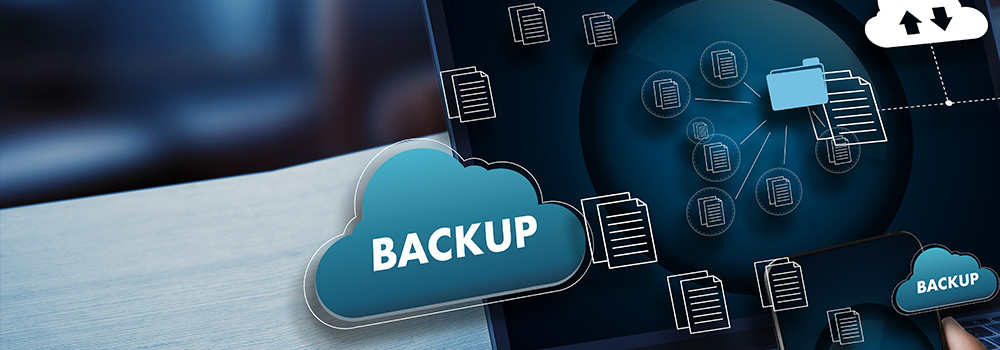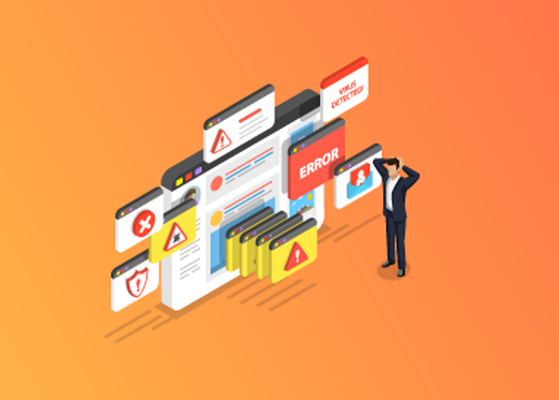
Moving to the Cloud offers tremendous benefits for SMBs that range from lower IT costs to any-time access to data and certainly more reliability in terms of uptime. But, data in the Cloud is also vulnerable to security threats just like the data stored on physical servers. This blog discusses 3 things you can do to protect your data in the Cloud
Secure access: The first step would be to secure access to your data in the Cloud. So, how do you go about it? Safeguard your login credentials-your User IDs and passwords-from prying eye. Set strong password policies that are practiced across the board and educate your employees about good password hygiene. Also, do you have employees using their own devices to access their work-related applications and documents? Do you have staff working from home? Then, you also need to formulate strong BYOD (Bring-your-own-device) policies, so these devices don’t end up as the entry point to cybercriminals.
Educate your employees: What’s the first thing that pops into your head when someone talks about cybercrime? You probably picture some unknown person, a tech-whiz sitting behind a computer in a dark room, trying to steal your data. But, surprising as it may seem, the first and probably the biggest threat to your data and IT security in general, comes from your employees! Malicious employees may do you harm on purpose by stealing or destroying your data, but oftentimes, employees unwittingly become accomplices to cybercrime. For example, forwarding an email with an attachment that contains a virus, or clicking on a phishing link unknowingly and entering sensitive information therein or compromising on security when they share passwords or connect to an unsecured or open WiFi at public places such as the mall or the airport with a view to “get things done”, but, without realizing how disastrous the implications of such actions can be.
Choosing the right Cloud service provider: If you are putting your data in the Cloud, you need to make sure that it is in safe hands. As such, it is your Cloud service provider’s responsibility to ensure your data is secure and, accessible, always. But, are they doing all that is needed to ensure this happens? It is very important to choose a trustworthy Cloud service provider because you are essentially handing over all your data to them. So, apart from strengthening your defenses, you need to check how well-prepared they are to avert the threats posed by cybercriminals.
Complete Cloud security is a blend of all these plus internal policies, best practices, and regulations related to IT security, and of course, the MSP you choose to be your Cloud security provider plays a key role in all this.












 For any organization, its employees are its biggest assets. But, what happens when your biggest assets turn out to be your greatest threats or liabilities? That is how cybercrime can change the game. In a recent study, it came to light that employee actions account for about 70% of the data breaches that happen. This blog focuses on the first step you need to take as an organization to better prepare your employees to identify and mitigate cyber threats--adopting a top-down approach to IT security.
For any organization, its employees are its biggest assets. But, what happens when your biggest assets turn out to be your greatest threats or liabilities? That is how cybercrime can change the game. In a recent study, it came to light that employee actions account for about 70% of the data breaches that happen. This blog focuses on the first step you need to take as an organization to better prepare your employees to identify and mitigate cyber threats--adopting a top-down approach to IT security.

